German Precision Meets Italian Finesse
Those in the know are heading to Italy’s northernmost wine region—Alto Adige. It takes its name from the river that runs through it, but the story runs deeper. Bordering Austria and Switzerland, its name in German is Südtirol (South Tyrol). The region was part of Austria until the 20th century, and today, roughly three-quarters speak German as a first language. It is very much Italy, but with the kind of exactitude that makes their world-renowned co-op system work like a Swiss watch. And it shows in the wine.
It is very much Italy, but with the kind of exactitude that makes their world-renowned co-op system work like a Swiss watch. And it shows in the wine.
To highlight the quality level here, consider a few statistics: Alto Adige accounts for less than one percent of Italy’s vineyard area—just 5,850 hectares—yet 96 percent of production is DOC. Roughly 4,800 family growers farm tiny, high-altitude parcels (200–1,000 meters) cultivate about 20 grape varieties, from native Schiava and Lagrein to crisp Pinot Bianco, Riesling, and Müller-Thurgau.
The Alto Adige Wine Road, connecting 16 communities and representing about 80 percent of the region’s production, offers one of Italy’s most rewarding wine journeys—exquisite wines, breathtaking scenery, and a relaxed, less-crowded experience. For the traveling wine lovers seeking more than the well-worn paths of Tuscany or the Amalfi Coast, Alto Adige is the place to discover now.

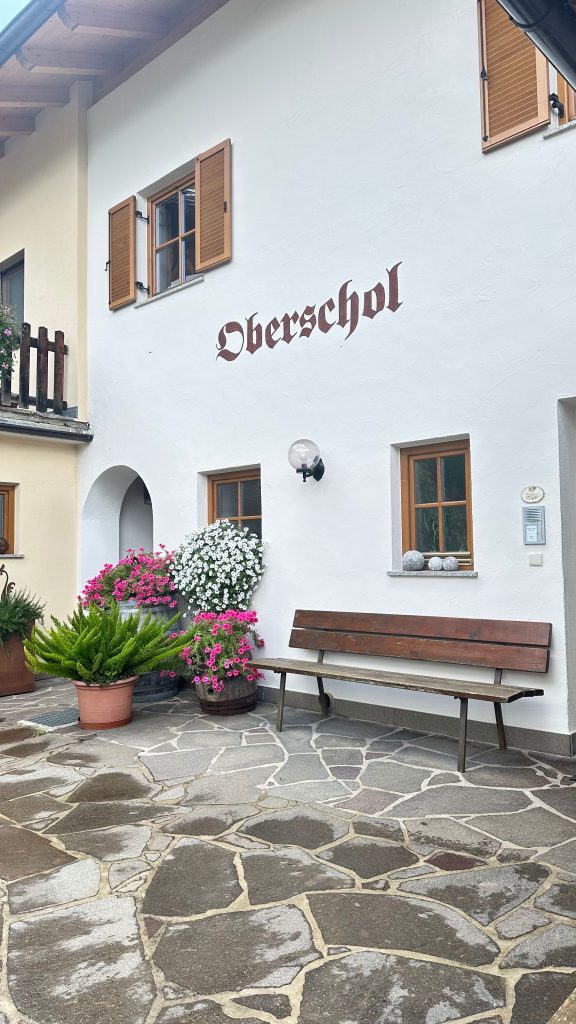
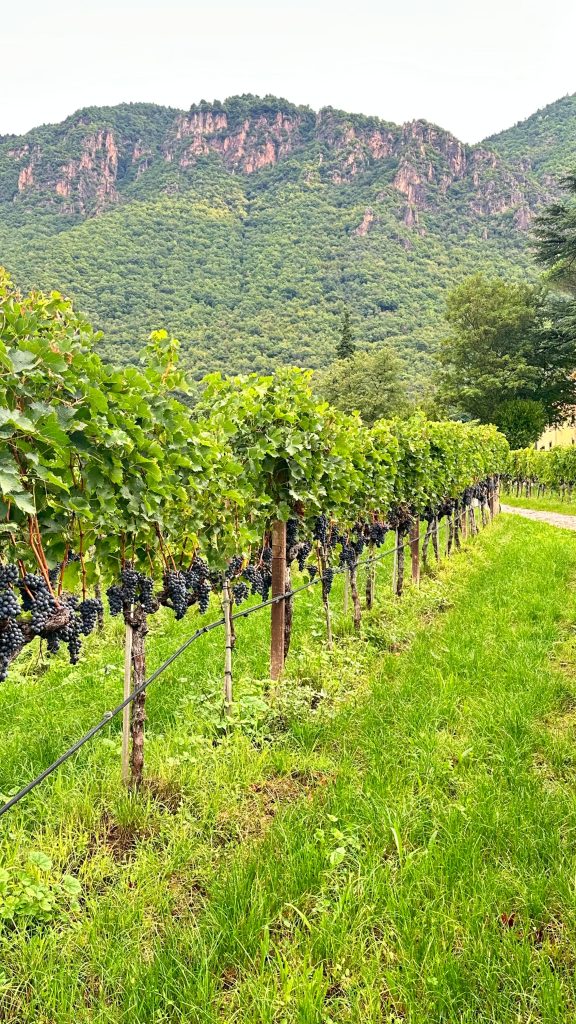
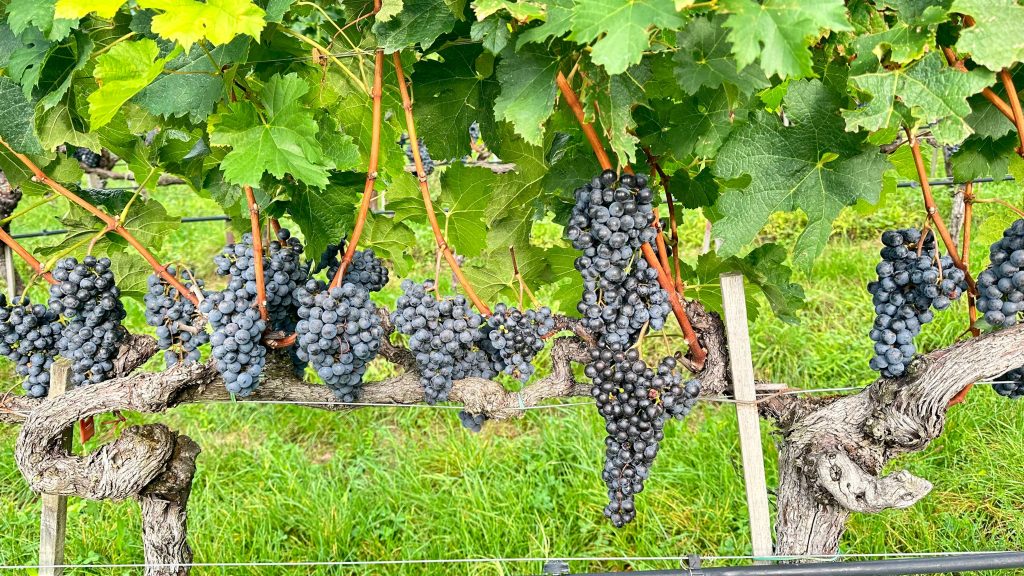
Varietal Diversity, Sustainability, and Exacting Viniculture
Few landscapes rival Alto Adige’s drama – think the dramatic peaks and meadows of Heidi and the majestic scenes of The Sound of Music. Jagged Dolomite peaks, recognized as a UNESCO World Heritage Site, give a stunning backdrop to foothills sprinkled with rolling vineyards, orchards, and alpine lakes. The beauty is not just photogenic—it feels restorative, with clean mountain air that also breathes fresh acidity into the grapes grown in the region.
The beauty is not just photogenic—it feels restorative, with clean mountain air that also breathes fresh acidity into the grapes grown in the region.
The locals also prefer a natural approach to their wine. Many growers work organically or biodynamically, practices reinforced by co-ops that invest in energy-efficient cellars and water stewardship, part of the reason almost 100 percent of Alto Adige’s production carries DOC status. Mechanization is next to impossible on most slopes, and cover crops, mixed orchards, and terraced plantings stabilize soils and foster biodiversity.
What really makes this region so compelling are its native grapes and cool-climate styles. Schiava (Vernatsch)—once overlooked—now shines with its pale, perfumed freshness. Pinot Bianco is Alto Adige’s quiet luxury, threading citrus and herbs into a refined finish. Lagrein offers depth and spice, while Müller-Thurgau gives floral elegance. For purists, Riesling delivers razor-sharp minerality.
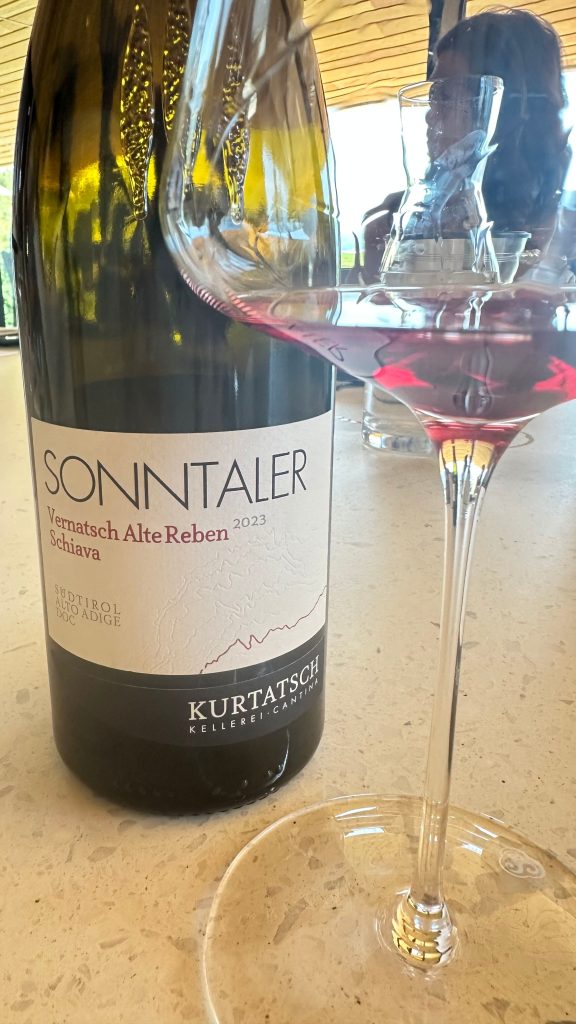

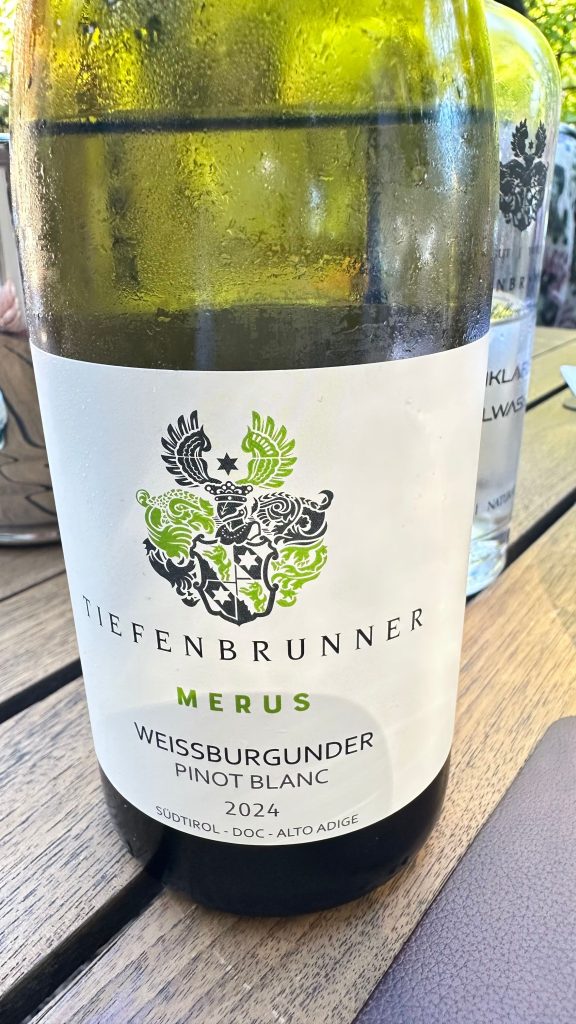
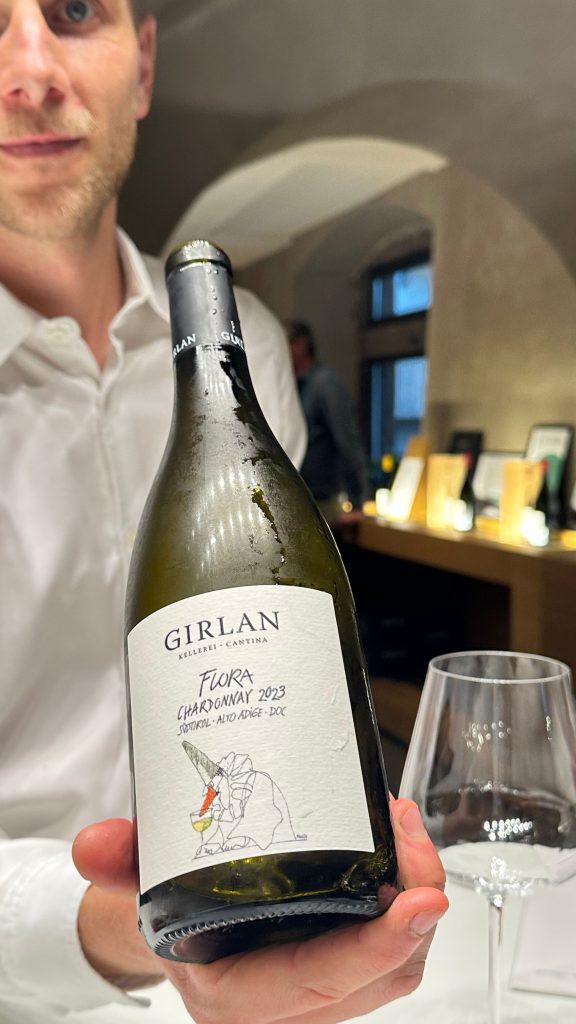
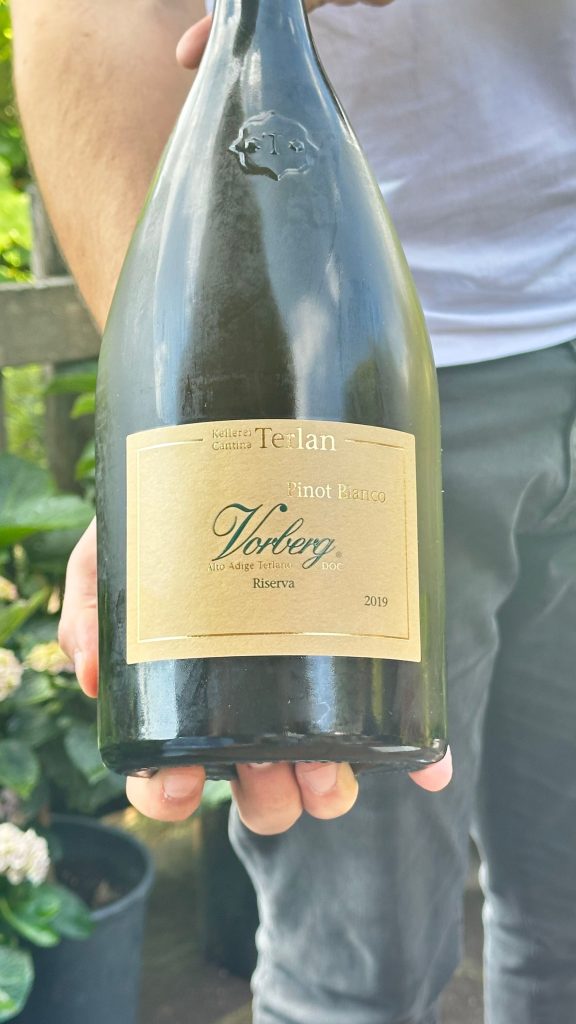
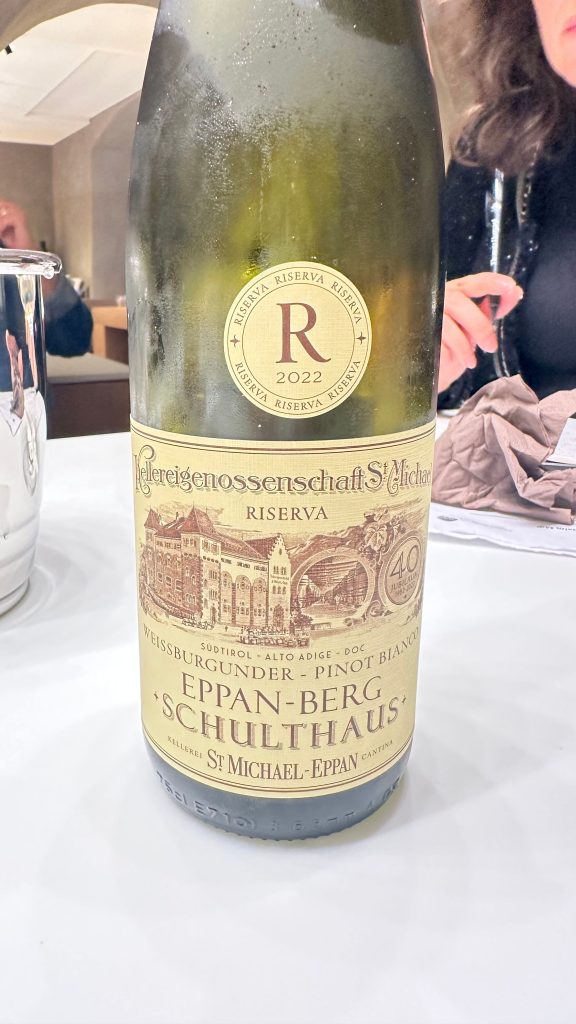
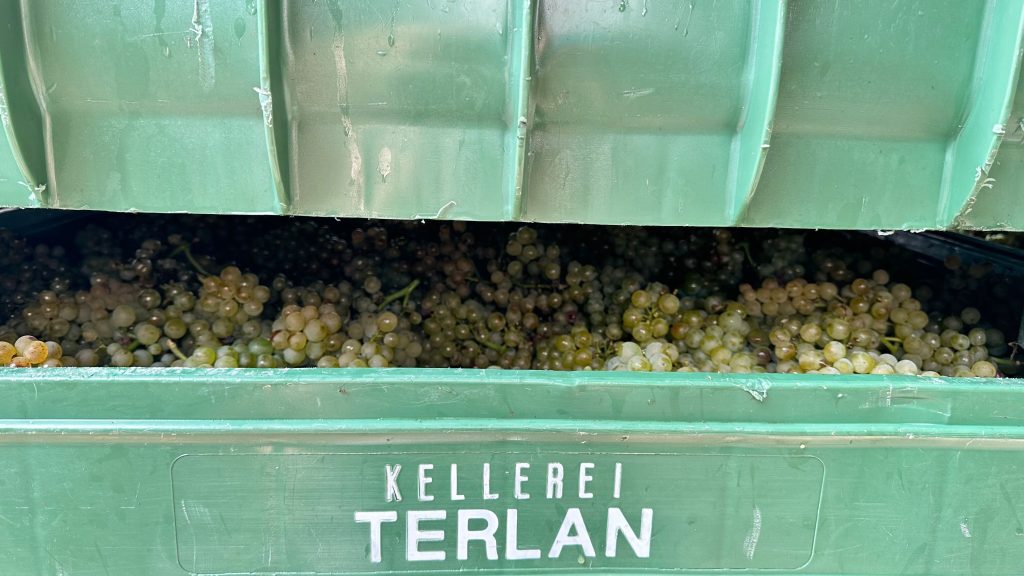
The Not-So-Secret Ingredient: Alto Adige’s Wine Cooperatives
Wine cooperatives aren’t as prolific in Italy as they once were, primarily because they got a bad rap in places where they were used for bulk production. That’s not the case here; these are not bulk producers but luxury players.
The region counts just 12 co-ops, but together they account for about 70 percent of production. Many small (often family) growers farm less than a hectare and bring their fruit into shared cellars where master winemakers transform the harvest into world-class wines. And the standards are high. Growers are paid based on the standard of quality they attain and the results from periodic vineyard checks throughout the growing season.
Cooperatives like Cantina Terlano, St. Michael-Eppan, Girlan, Tramin, and Kurtatsch have achieved international acclaim. From Terlano’s legendary cellar of rare whites to Tramin’s 100-point Gewürztraminer “Epokale,” these producers prove that collaboration and tradition can yield prestige.
To highlight just a few, Cantina Terlano, founded in 1893, is legendary for long-lived whites. Girlan, with 200 growers, excels with its Flora line, especially Chardonnay and Pinot Noir, and Kurtatsch stretches from the valley floor to 900-meter slopes, offering a range from Schiava to Müller-Thurgau.
Why Alto Adige Now
With its wine standards, sustainable practices, varietal diversity, and alpine beauty, the region should be on everyone’s radar. Slip into Alto Adige now, before this alpine gem gets the tourist attention it rightly deserves.
Alto Adige Wines to Discover
- 2019 Cantina Terlano “Vorberg” Riserva Pinot Bianco
- 2023 Girlan “Flora” Chardonnay
- 2023 Kurtatsch “Sonntaler” Schiava
- 2013 Kurtatsch “Graun” Müller-Thurgau
- 2024 Tiefenbrunner “Merus” Pinot Blanc
- 2022 St. Michael-Eppan “Schulthaus Riserva” Pinot Bianco
